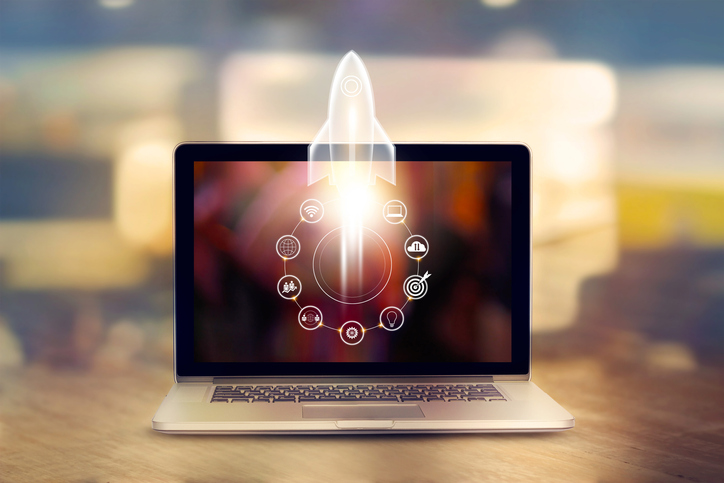
Windows 7 has had a great run, but Microsoft has decided that it’s finally time to retire the platform. Windows 7 isn’t being deprecated by customers as quickly as Windows would like, with more than 38% of all PCs still running the aging OS. It seems that businesses like to hang onto an operating system once it becomes stable, because even Windows XP still owns 3.3% of the market share after support ended in April 2014. Windows 10 is still the top operating system for PCs, but it’s only a few basis points above the much older Windows 7.
As Microsoft enters the final stretch for offering support for Windows 7, there are 5 things you need to know to keep your PCs stable and operating in peak condition.
1. Windows 10 Offers Better Security
Cybersecurity is one of the topics on everyone’s mind in the technology field, and Windows 10 offers additional security measures you won’t find in the older OS. Ransomware, in particular, is being targeted to computers running older operating systems such as Windows 7, because there’s the perception that updates and patches may not be put into place. Windows 10 has a significantly more advanced end-to-end defense stack than you’ll find on Windows 7.
2. Get Ready for Windows as a Service
Another key benefit of migrating to Windows 10 is the speed of releases. While Windows 7 and previous operating systems from Microsoft had an extended release schedule, the team behind Windows 10 will be pushing out updates approximately every 6 months. What’s more, the updates each have a limited lifespan of support, a move to encourage businesses to shift to a more frequent schedule of updates. This requirement can be a burden on an overtaxed technology department, especially when Microsoft is expecting the updates to be completed at least every 18 months.
3. Are Your Business Applications Compatible?
Organizations that put off an upgrade to the newest in Microsoft’s operating system lineup may be doing so due to a concern about lack of compatibility with current business applications. Turns out, this is definitely a consideration, as some organizations are having to roll back their Windows 10 upgrade due to interoperability issues with line-of-business applications. Application compatibility is an important consideration any time operating systems are upgraded, so Microsoft is providing free assistance with app compatibility as part of their upgrade program.
4. You May Need to Refresh Your Hardware
You may find that older PCs are not hardy enough to handle the requirements of a newer operating system. While it will make your upgrade journey more complex, it’s best to ensure that you’ve got the best possible start with computers that will handle the additional computational load that Windows 10 requires. This is one of the steps where it is helpful to get a second opinion from a trusted service provider, as upgrading and then determining that your legacy equipment won’t handle the new business apps and systems could require labor-intensive and expensive rework. The load from Windows 10 is not extremely heavy, but it could burden older systems.
5. Need Extra Time to Upgrade?
Of course, there’s always the option that you can pay your way into a few more years of Microsoft support for Windows 7. While Microsoft isn’t recommending this option, it could be viable for an organization that is deeply rooted in the Windows 7 ecosystem — at least for the short term. The need to upgrade eventually is inevitable, but this extension on the January 2020 deadline may allow businesses to have a more orderly migration than rushing to get in under the wire. If you’re ready to upgrade the majority of your hardware and have a legacy application or two that is incompatible with Windows 10, there’s always the option of running a virtual machine with Windows 7 until you’re able to patch or rebuild your incompatible software.
Whether you’re going to stick it out or ready to make an upgrade, you’ll need to keep in mind the age of your current fleet of PCs as you carefully weigh the costs and benefits of taking this step. What is most important is that your team has the support that you need to make decisions as well as the technical support in the event of any bumps along the road.
Contact Us

